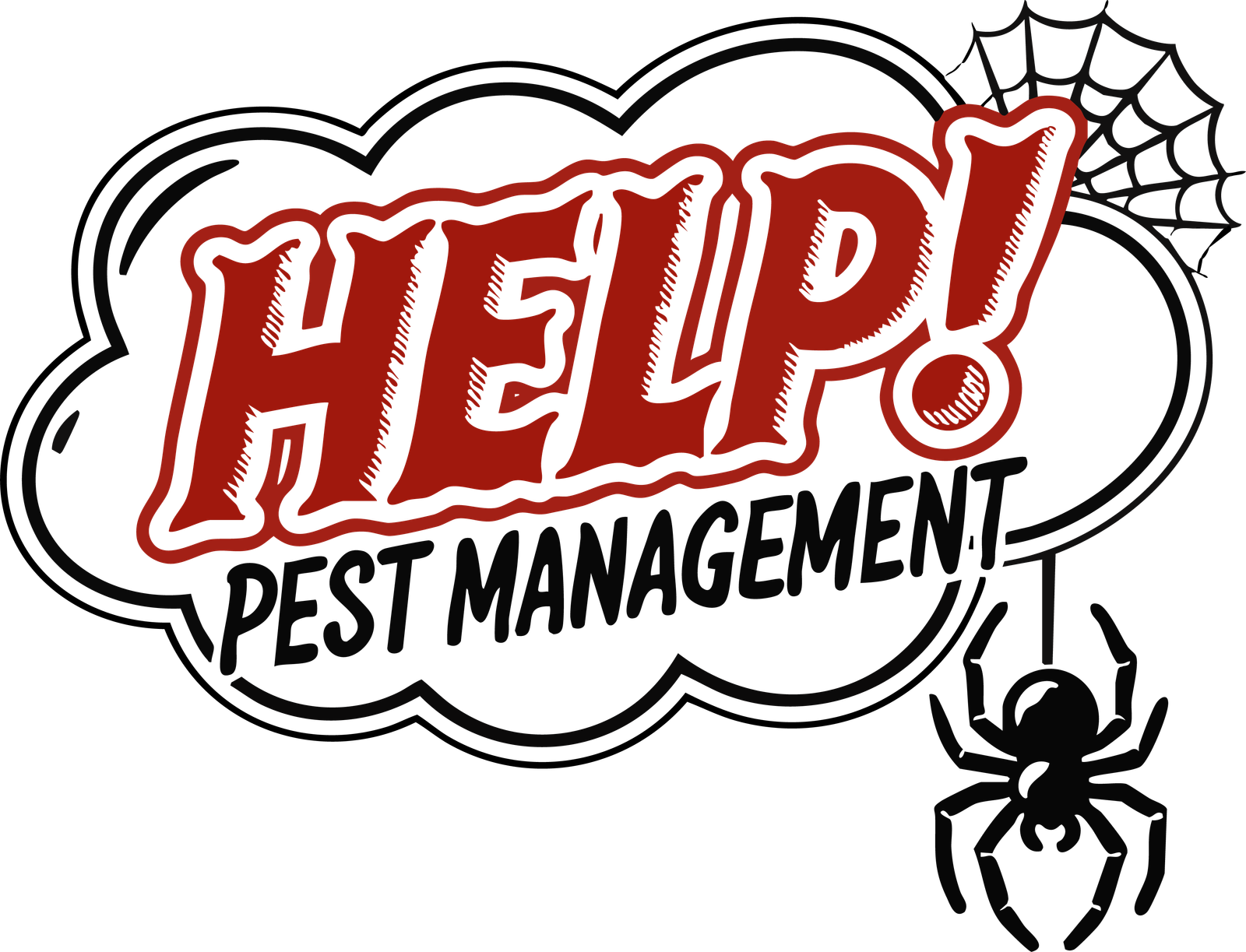Pest Library
Common Pests and Their Characteristics
Requires Our Outdoor Package
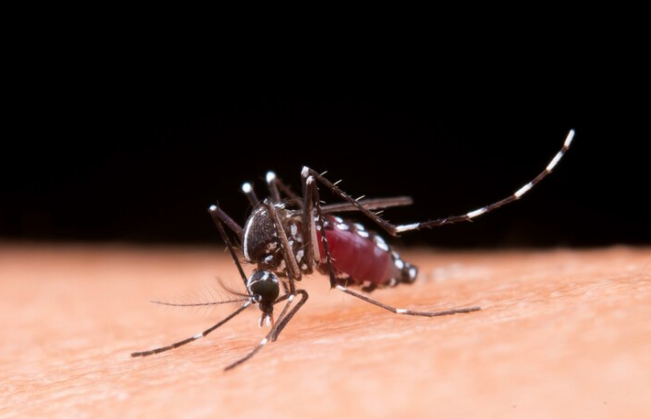
Mosquitoes
Blood-feeding insects are known for their itchy bites and ability to transmit diseases, such as West Nile virus, Zika virus, and malaria. They breed in standing water and are most active during dawn and dusk.

Chiggers
Microscopic larvae of mites that latch onto humans and animals, causing intensely itchy bites. Found in tall grass, wooded areas, and gardens, they are a common outdoor nuisance.
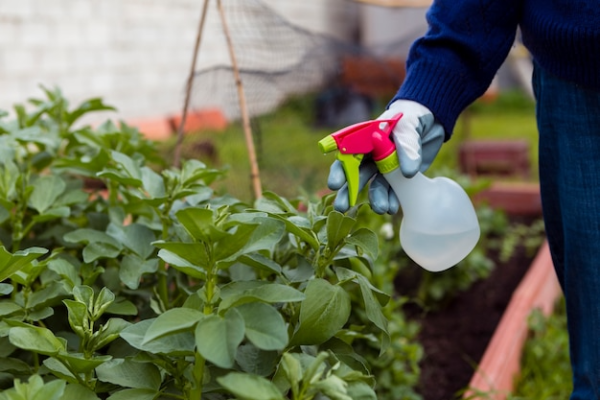
Aphids (Requires Add-On for Guarantee)
Tiny, sap-sucking insects that damage plants by feeding on their juices. They reproduce quickly and can cause yellowing, curling leaves, and stunted growth in gardens and landscapes.
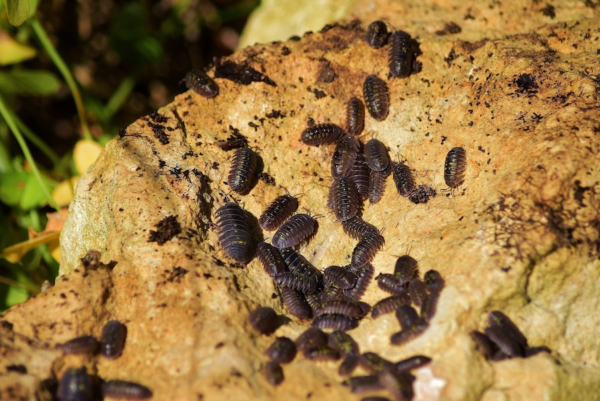
Scale Bugs (Requires Add-On for Guarantee)
Small, hard-shelled pests that attach to plants and suck out essential nutrients. Over time, they weaken the plants and can be challenging to control without targeted treatments.
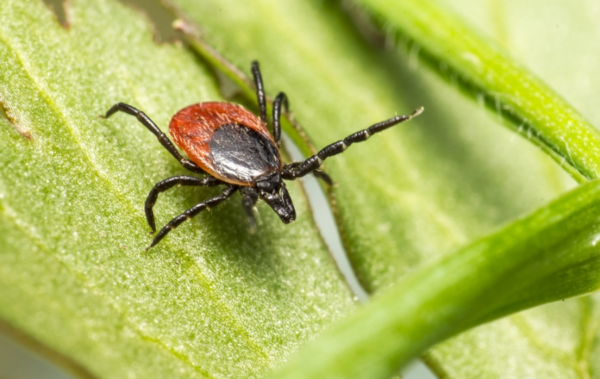
Mites (Requires Add-On for Guarantee)
Tiny arachnids that impact both plants and animals. Some species harm vegetation, while others, such as bird or rodent mites, may bite humans when their hosts are displaced.
